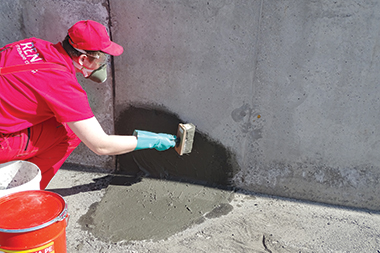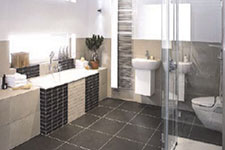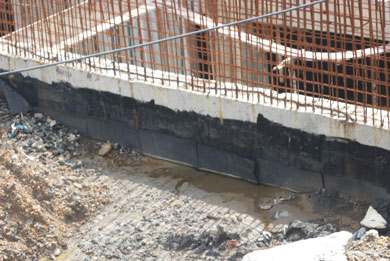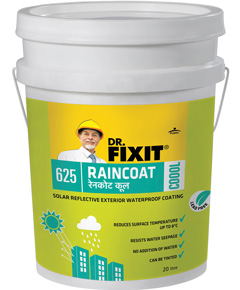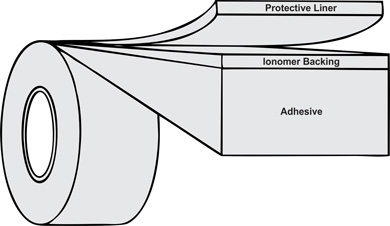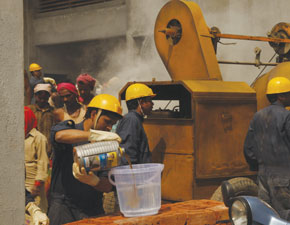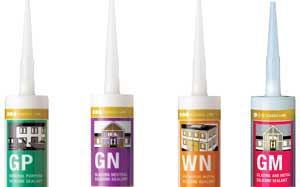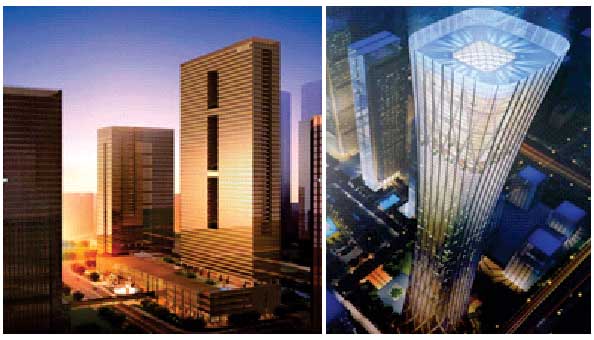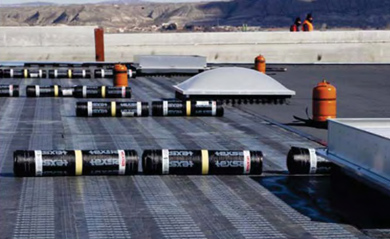
Liquid applied membranes (LAMs) were first introduced in the early 1960 and can be broadly classified as Hot applied coatings (SBS modified asphalt) and Cold applied Coatings (acrylics, polyurethanes, polyureas, modified bitumen emulsions).
Polyurethanes and polymer modified bitumen emulsions can be either single component or two component membranes. Two component membranes offer the advantages such as fewer weather restrictions on application, more predictable curing and longer shelf life.
The above advantages are due to the fact that two component coatings cure/crosslink independent of site humidity and temperature conditions. Most single component coatings require exposure to air with limited absolute humidity and temperature conditions. Single competent coating’s curing rates are less predictable than those of two component coatings. This exposes them to construction damages. Depending on the number of coats and climatic conditions, liquid applied coatings require much longer curing times to attain its full physical characteristics. On the contrary, hot applied coatings set instantaneously. However, they call for special equipments and safety considerations.
Pros and Cons
While comparing LAMs in general with other types of waterproofing system, the designer can follow the following guidelines. Specify LAM in projects with complex contrived surfaces and plane changes, projects with many penetrations, structures which cannot take much weight and structures where a particular color is preferred for aesthetic reasons. The other advantages of LAMs are that it gives a seamless waterproofing membrane which is fully bonded and is self-flashing.Weighing against LAMs are the following negative factors:
- Do not specify LAM over light weight insulating concrete, precast concrete or prestressed concrete units. Lightweight insulating concrete fills are subject to excessive shrinkage cracks which can propagate upwards into LAM.
- It is difficult to assure uniform thickness on wall compared to horizontal areas.
- Do not specify LAM on masonry walls.
- Do not specify cold LAMs when the ambient temperature is below 45° F during application.
- Do not specify LAMs in confirmed spaces where VOC limits or fume toxicity are limiting factors.
- Do not permit LAMs to be used to fill or level surface irregularities.
Two coats are normally required to assure a minimum thickness of 1.5 mm for cold LAMs. They are applied in perpendicular directions to avoid pinholes. Minimum solids content of 80% is advisable to reduce the possibility of pin holing which is the most prevalent defect in LAMs. These are applied by brush, rollers, squeeze or airless spray. Their application demand more care and skill compared to the prefabricated membranes.
Pin holding, cratering, blistering and splitting are the most common defects faced in LAMs. These can be addressed only by taking care of all precautions for their application as per manufacturers recommendations.


